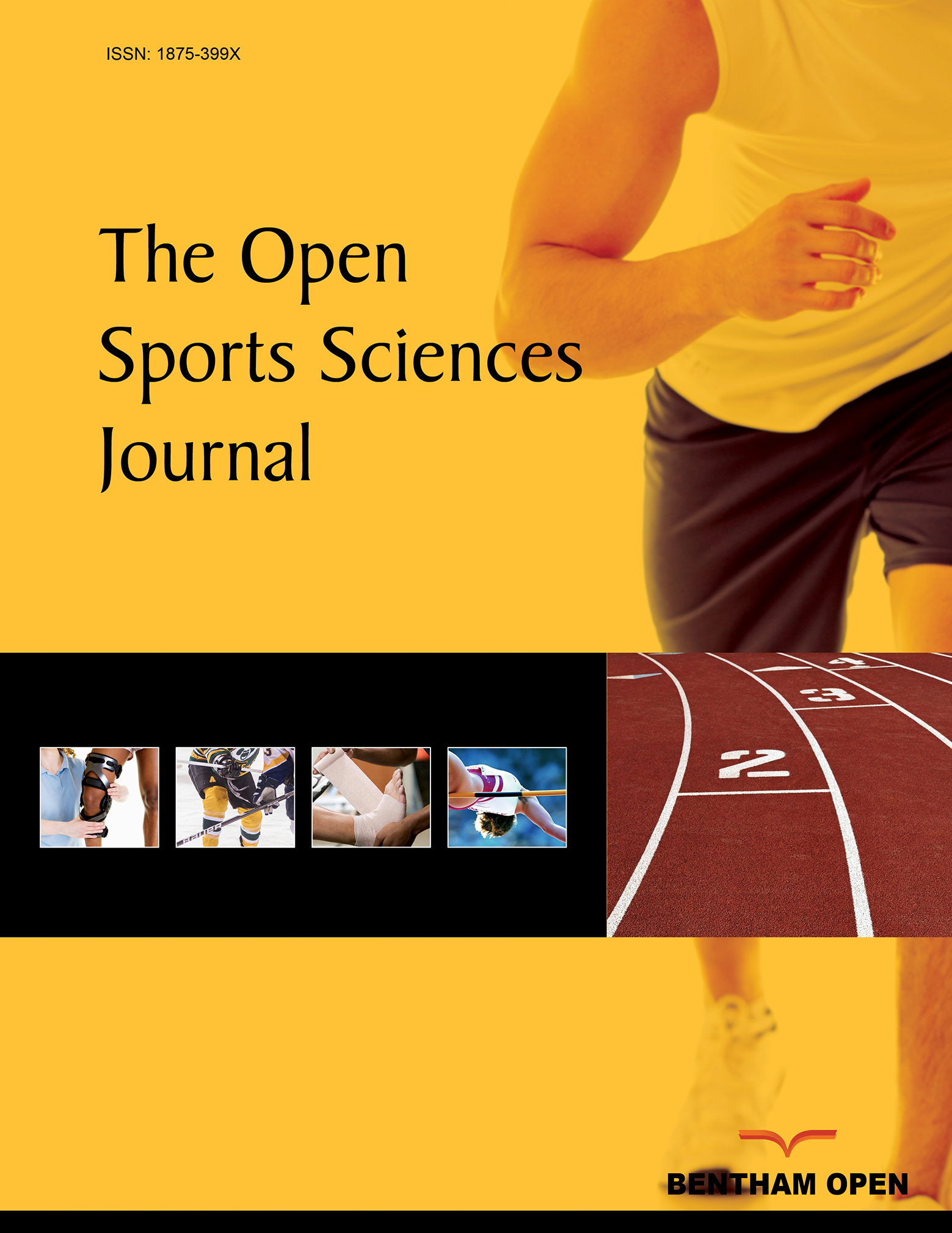All published articles of this journal are available on ScienceDirect.
Effects Of Jump Training On Youth Female Soccer Player’s Physical Fitness
Abstract
Background:
Youth female soccer players require high muscular power to overcome their opponents. Jump training can facilitate improvements in muscular power as has been demonstrated in youth male soccer players. However, studies in female players are comparatively scarce.
Objective:
The aim of this study was to assess the effects of a jump-training program, as compared to soccer training alone, on the physical fitness of youth female soccer players.
Methods:
Fourteen physically active youth female soccer players (age: 16.0±2.2 years) were randomly divided into a jump-training group (n=8) or control group (n=6). Before and after a 4-week intervention period, the players were assessed with a countermovement jump (CMJ) test, multiple 4-bounds test (4BT), a 20-m sprint, maximal kicking velocity (MKV) and the Yo-Yo intermittent recovery test (level 1; Yo-Yo IR1).
Results:
No significant changes in any of the dependent variables were noted in the control group, although small effect sizes were observed in CMJ (ES=0.33) and 4BT (ES=0.27). In contrast, the jump training group achieved significant improvements in CMJ (p=0.001; ES=0.85), 4BT (p=0.002; ES=1.01) and MKV (p=0.027; ES=0.77), with small to medium effect sizes observed in the 20-m sprint (p=0.069; ES=0.59) and Yo-Yo IR1 (p=0.299; ES=0.20) tests.
Conclusion:
Compared to regular soccer training that induced only small improvements in CMJ and 4BT, a jump training intervention resulted in small to large improvements in the physical fitness of youth female soccer players with changes seen in CMJ, 4BT, 20-m sprint, MKV, and Yo-Yo IR1.


